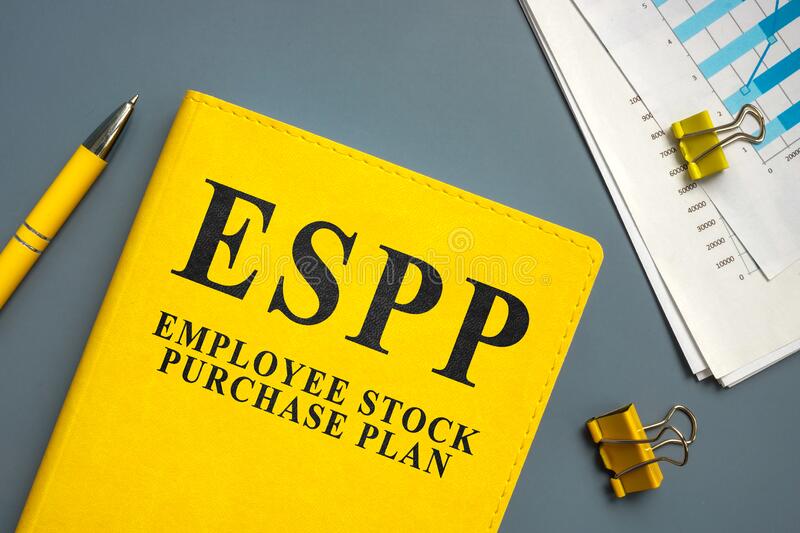Employee Stock Purchase Plan
If you live in Texas (especially Houston or West Texas) and you throw a rock, the likelihood is pretty high that you’re going to hit somebody that works in Oil and Gas! I bring that up because most Oil and Gas companies offer something called an Employee Stock Purchase Plan or an ESPP, it’s pretty common to see these types of things with those companies.
An ESPP is a way for eligible employees to purchase shares of their own company stock – the benefit of this is with these plans, the employer has negotiated some type of discount for the employees. So you’re able to buy the stock at a discount, up to about 15%, which is great when you’re trying to invest into something – to be able to get a 15% discount right off the top! The way this works is there is an offering date and a purchase date – Any paycheck between the offering date and the purchase date, a deduction is made at whatever amount the employee specifies. Then, all those funds that are built up between the offering date and purchase date are used by the employer to purchase the stock in the employee’s name at whatever discount was negotiated. That stock is then held at a custodian, typically like fidelity, and is then the employees to do with as they please. You can continue to hold it as part of your investment portfolio or you can turn around and sell it as quick cash, whatever you want to do with it.
Employers do this as a way to retain their employees or try to attract top talent. For the employees, you get to specify how much you want to participate in a program like this, whether you want it to be 5% of every paycheck or something like that, but you are limited to contributing up to $25,000 a year in programs like this.
When an employee comes and tries to then sell that stock, it gets a little bit tricky at tax time. Whatever discount was negotiated (that 15% we used earlier) from the regular stock price and what the purchase price was, that 15% is then taxed to the employee as ordinary income. Then, any other growth on top of that is taxed at capital gains rates. If you have a plan like this available to you and you’re trying to figure out how much to put in, what to do with it afterward, and are looking for some guidance, we’d love to be able to walk with you through that, to help you understand your options, and to help you understand what it may look like when it comes time to sell those or get rid of them based on what you’re trying to do. You can always contact us here at Next Step 832-856-2825, and we’d also encourage you to follow us on Facebook and follow our YouTube channel for other videos like this – Y’all have a good one!
